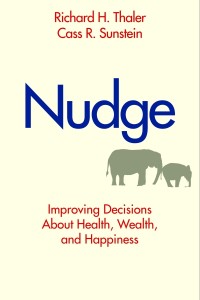 A few days ago, the tech advocacy group Public Knowledge unveiled a website (The Internet Blueprint) where the public can propose bills, vote on other users’ submissions, and where groups and congresspeople/senators can get behind the proposal. It’s actually pretty close to the model that I suggested for the Electronic Frontier Foundation, some time back. The site gets right to the heart of the matter that geeks have quite a bit to offer, in terms of how to structure our “east coast code” to jibe well with computer (“west coast”) code.
A few days ago, the tech advocacy group Public Knowledge unveiled a website (The Internet Blueprint) where the public can propose bills, vote on other users’ submissions, and where groups and congresspeople/senators can get behind the proposal. It’s actually pretty close to the model that I suggested for the Electronic Frontier Foundation, some time back. The site gets right to the heart of the matter that geeks have quite a bit to offer, in terms of how to structure our “east coast code” to jibe well with computer (“west coast”) code.
The one thing it slightly lacks is a community element. While there’s voting, and the ability to get behind a proposal, I think the tools to generate a real online community around an initiative could really 1) show where the momentum is, and 2) craft the greatest solutions from many/great minds. I’m thinking of a “My Barack Obama” like website for tech law. Both are/were built in Drupal, so the possibility is most definitely there!


